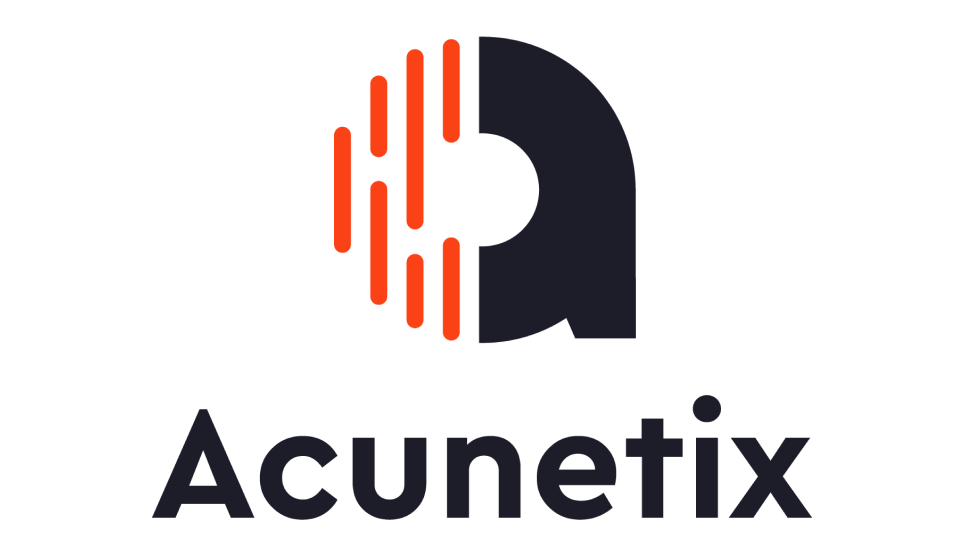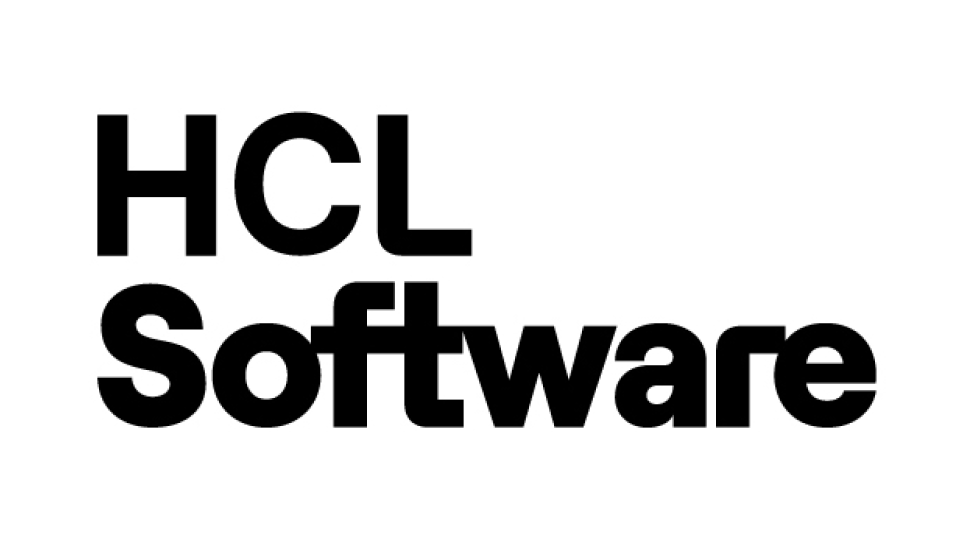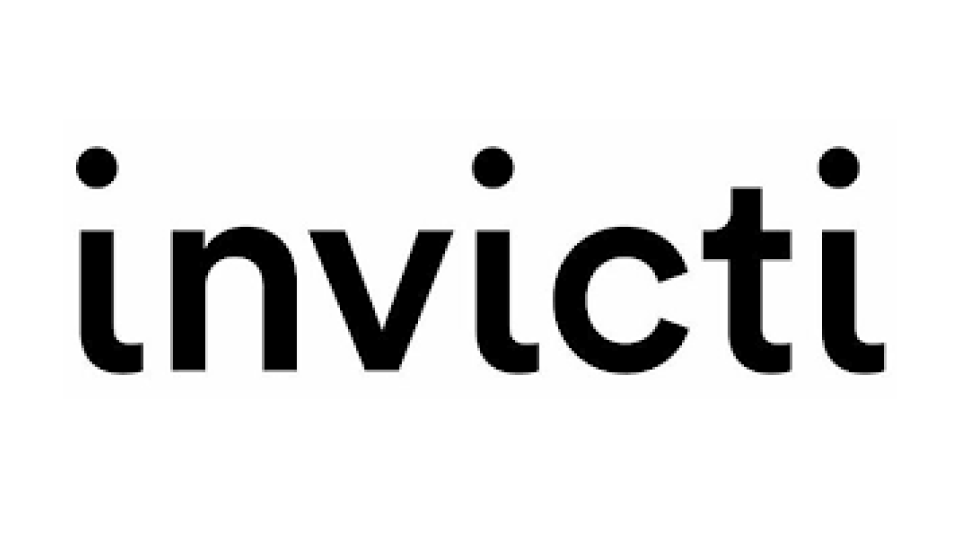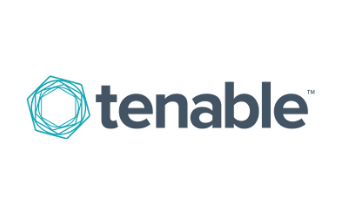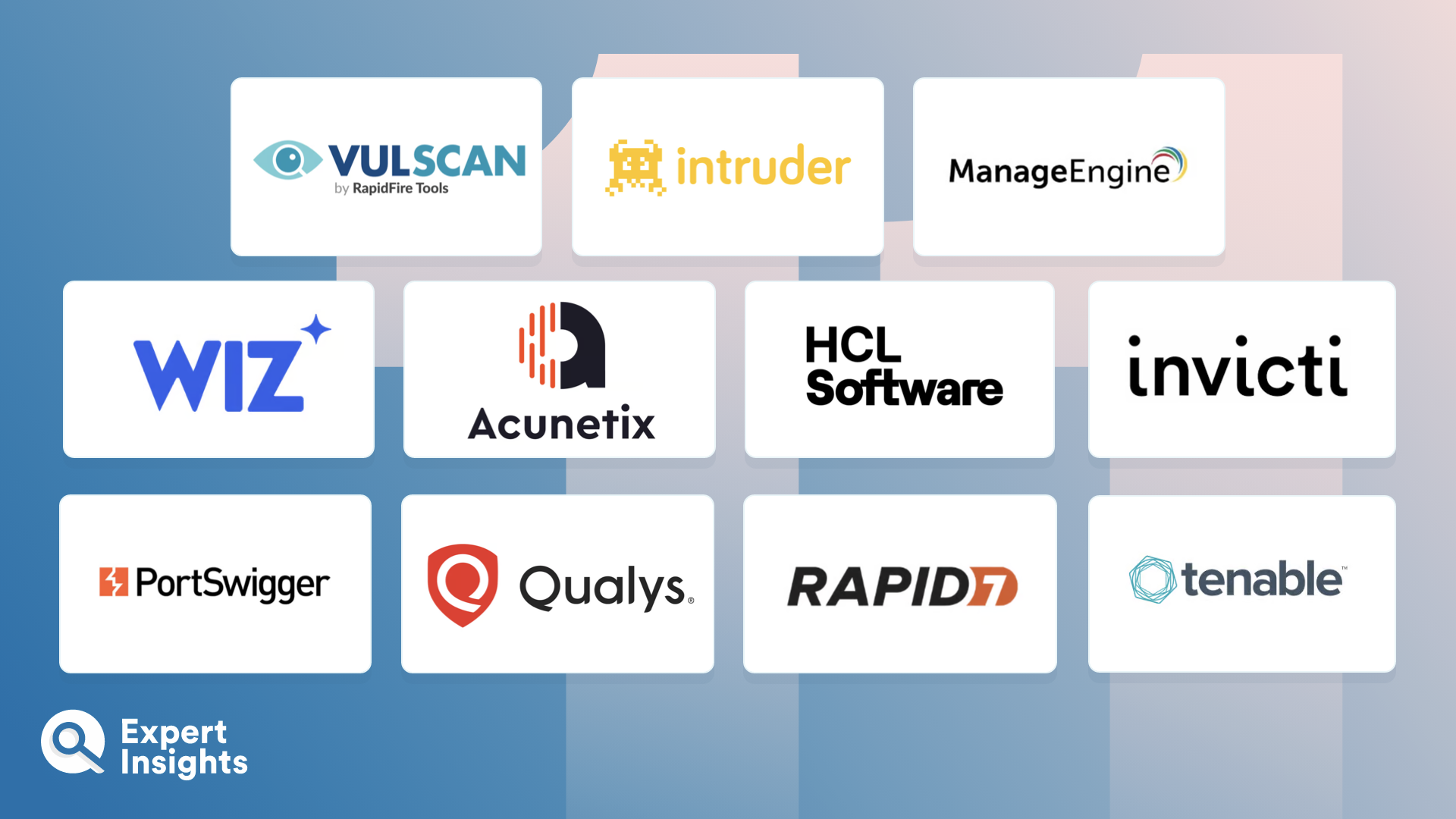Vulnerability scanning plays a critical role in the development lifecycle. These scanners detect, evaluate, and report potential security vulnerabilities within your code during development, allowing development teams to proactively search for and remediate weaknesses before they are exploited or deployed. This improves overall security posture, minimizing the potential for data breaches and cyberattacks.
Vulnerability scanning tools automatically search code repositories, container images, dependencies, and Infrastructure-as-Code (IaC) assets for vulnerabilities. This process is more efficient than deploying patches later in the cycle as it ensures that vulnerabilities do not become entrenched in the design. It also allows developers to make fixes before software goes live, reducing the opportunity for attack.
This shortlist will cover the top vulnerability scanning tools that can be incorporated as part of the CI/CD process. We will assess their key features, ease of use, scalability, and overall effectiveness. We have considered user experience alongside technical capabilities to give you a comprehensive and holistic account of each platform.








